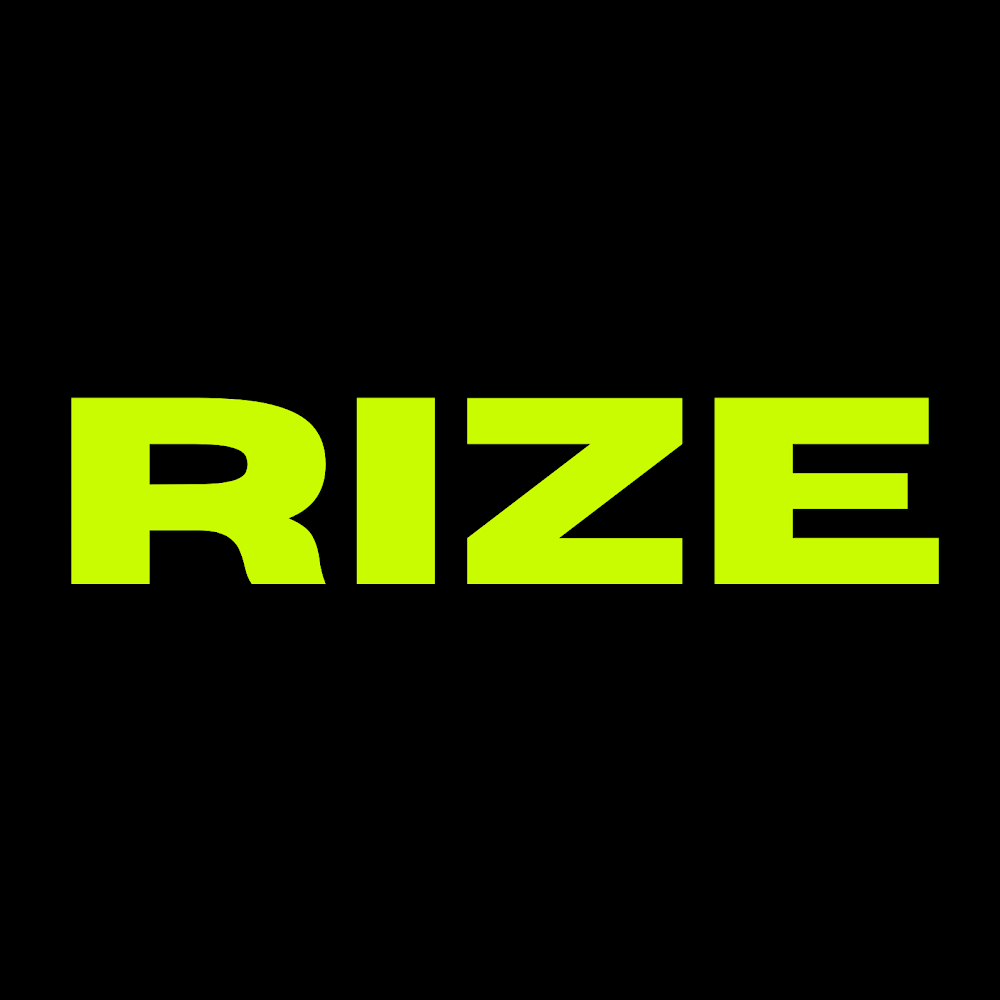Guided Questioning: Teaching Athletes to Learn From Mistakes and Make Better Decisions
- RIZE

- Apr 3
- 4 min read
(How to Lead Your Athletes Toward Clarity, Growth, and Better Performance)
The best learning doesn’t always come from what you teach. It comes from what your athletes discover through their own reflection.
👉 That’s where guided questioning comes in. It’s about asking the right questions, not just giving the right answers.
Great coaches don’t just provide solutions — they help athletes develop the skills to find their own solutions. Here’s how to do it.

🎯 What Is Guided Questioning?
Guided questioning is a coaching technique that involves asking intentional, open-ended questions to help athletes:
Reflect on their experiences.
Understand their mistakes.
Identify areas for growth.
Make better decisions in the future.
📌 Why It Works:
It promotes active learning and critical thinking.
It builds confidence and self-awareness.
It helps athletes develop the skills to self-assess and self-correct.
💡 Guided questioning teaches athletes how to think, not just what to think.
🔑 The Principles of Effective Guided Questioning
Guided questioning isn’t just about asking random questions. It’s about creating a structured conversation that leads to learning and growth.
📌 Principles to Follow:
Be Intentional: Ask questions with a specific purpose in mind.
Encourage Reflection: Allow athletes to process their thoughts without rushing them.
Promote Ownership: Guide athletes to come up with their own insights and solutions.
Keep It Positive: Focus on growth, not just mistakes.
Follow Up: Ensure that reflection leads to action and improvement.
💬 “The goal is to help athletes uncover their own answers — not to give them all the answers.”
📌 How to Use Guided Questioning Effectively
Here’s a step-by-step guide to using guided questioning with your athletes.
1. Create a Safe Environment
Before athletes can be open and honest about their mistakes, they need to feel safe and respected. Building trust is essential.
📌 What To Do:
Make it clear that mistakes are a natural part of growth.
Encourage athletes to view mistakes as learning opportunities, not failures.
Avoid blame or criticism — keep the conversation positive and constructive.
📌 Examples:
“We all make mistakes. The goal is to learn from them and improve.”
“This is a judgment-free conversation. We’re just trying to figure out what happened and how to get better.”
💬 “Reflection requires vulnerability. Make it safe for your athletes to be real with you.”
2. Ask Open-Ended, Thought-Provoking Questions
The quality of your questions determines the quality of your athlete’s learning. Ask questions that require reflection and analysis, not just “yes” or “no” answers.
📌 What To Do:
Use “What,” “How,” and “Why” questions to encourage deeper thinking.
Avoid leading questions that suggest a specific answer.
Encourage athletes to break down their experiences into specific components (e.g., mental, physical, emotional, tactical).
📌 Examples:
“What were you trying to accomplish in that moment?”
“What did you notice about your body language when things started to go wrong?”
“How could you approach that situation differently next time?”
“What was your thought process before making that decision?”
💬 “Great questions make athletes think — and thinking leads to growth.”
3. Guide Them Toward Self-Assessment and Ownership
Reflection is most powerful when athletes feel like they’re in control of their own learning.
📌 What To Do:
Encourage athletes to identify their own mistakes and areas for improvement.
Promote self-awareness by asking questions about their emotions, thoughts, and actions.
Allow athletes to come up with their own solutions before offering advice.
📌 Examples:
“What do you think went wrong there?”
“What were you feeling at that moment?”
“What would you do differently if you were in that situation again?”
“What’s one thing you can improve for next time?”
💬 “When athletes own their mistakes, they own their growth.”
4. Connect Reflection to Action
Reflection without action is wasted time. Use guided questioning to help athletes create a clear plan for improvement.
📌 What To Do:
Help athletes translate their insights into concrete goals and actions.
Encourage them to track their progress and adjust their approach as needed.
Reinforce the idea that growth is a continuous process.
📌 Examples:
“Based on what you learned, what’s one thing you’ll focus on improving in the next game?”
“How will you know when you’ve made progress?”
“What steps will you take to make sure you don’t repeat that mistake?”
💬 “Learning is only valuable when it leads to action.”
5. Follow Up and Reinforce Growth
Guided questioning shouldn’t be a one-time conversation. It should be part of an ongoing process of growth and improvement.
📌 What To Do:
Check in with athletes regularly to see how their progress is going.
Provide feedback and encouragement when they show improvement.
Adjust your questions and approach as needed.
📌 Examples:
“What’s been working for you since our last conversation?”
“What challenges have you faced in applying what you learned?”
“What’s the next step in your progress?”
💬 “The best coaches don’t just guide. They follow through.”
🧠 Take These With You:
❤️ “The right question can change everything.”
❤️ “When athletes learn to reflect, they learn to grow.”
❤️ “Guided questioning builds thinkers, not just performers.”
❤️ “Growth isn’t about perfection. It’s about progress.”
